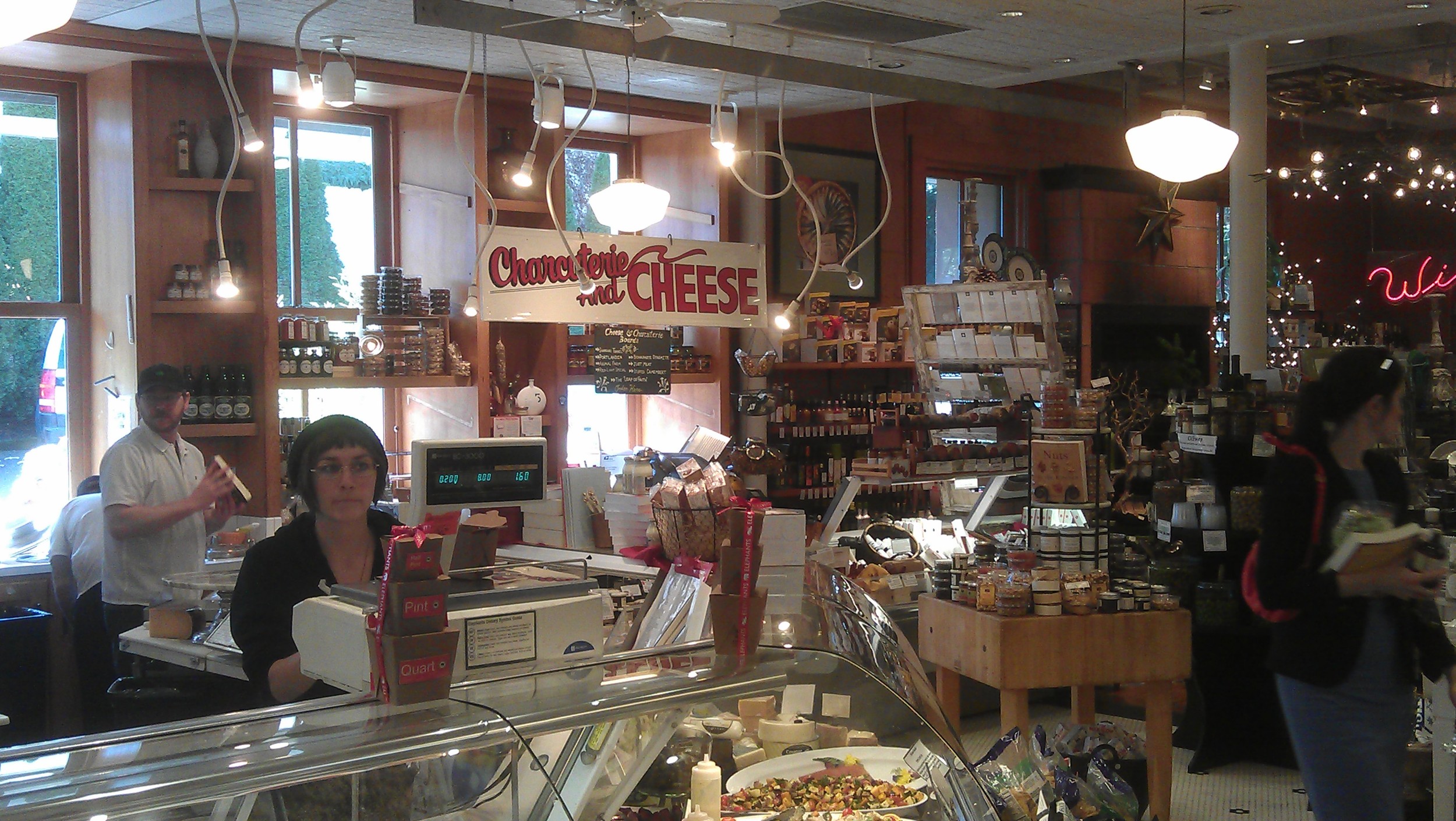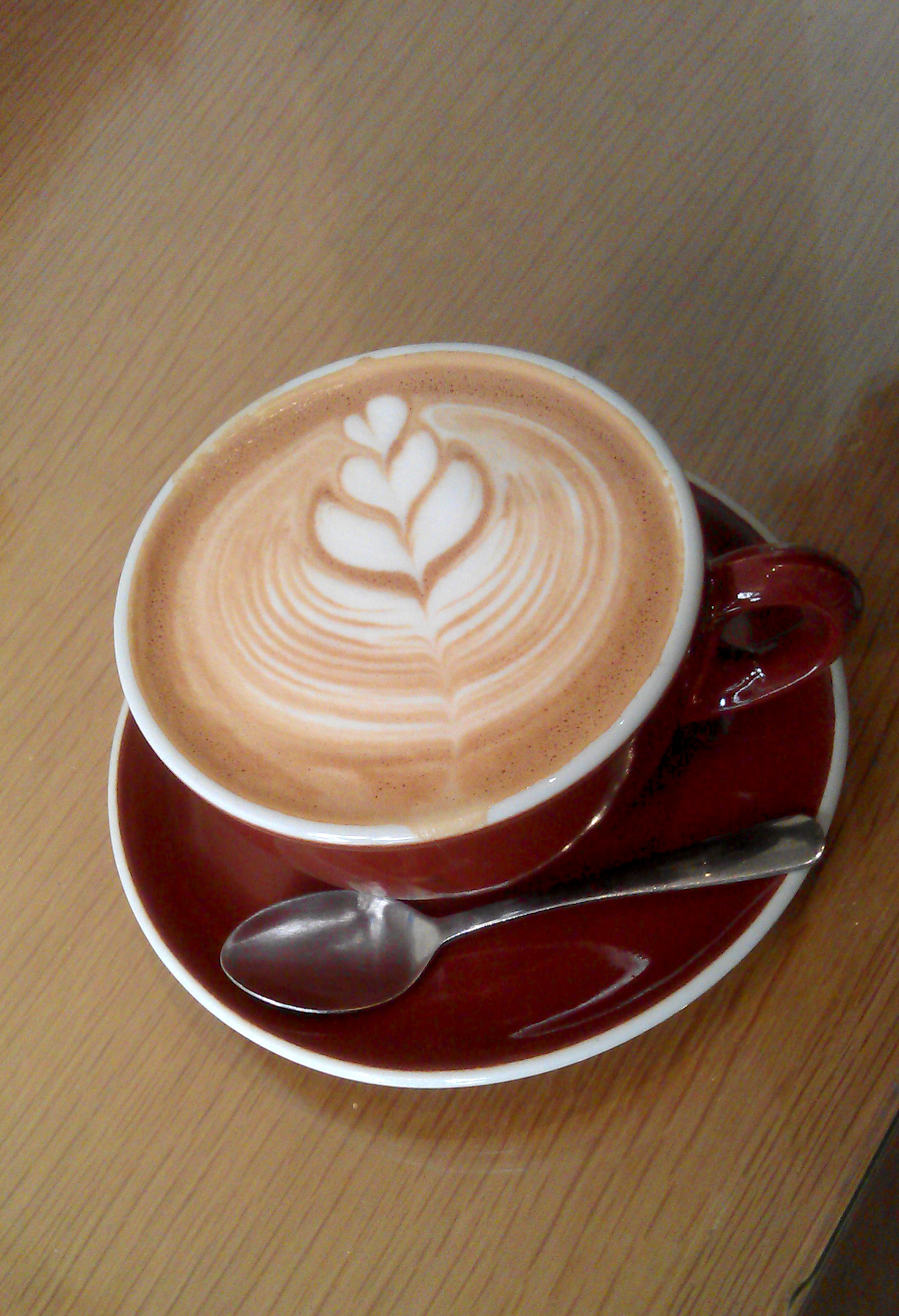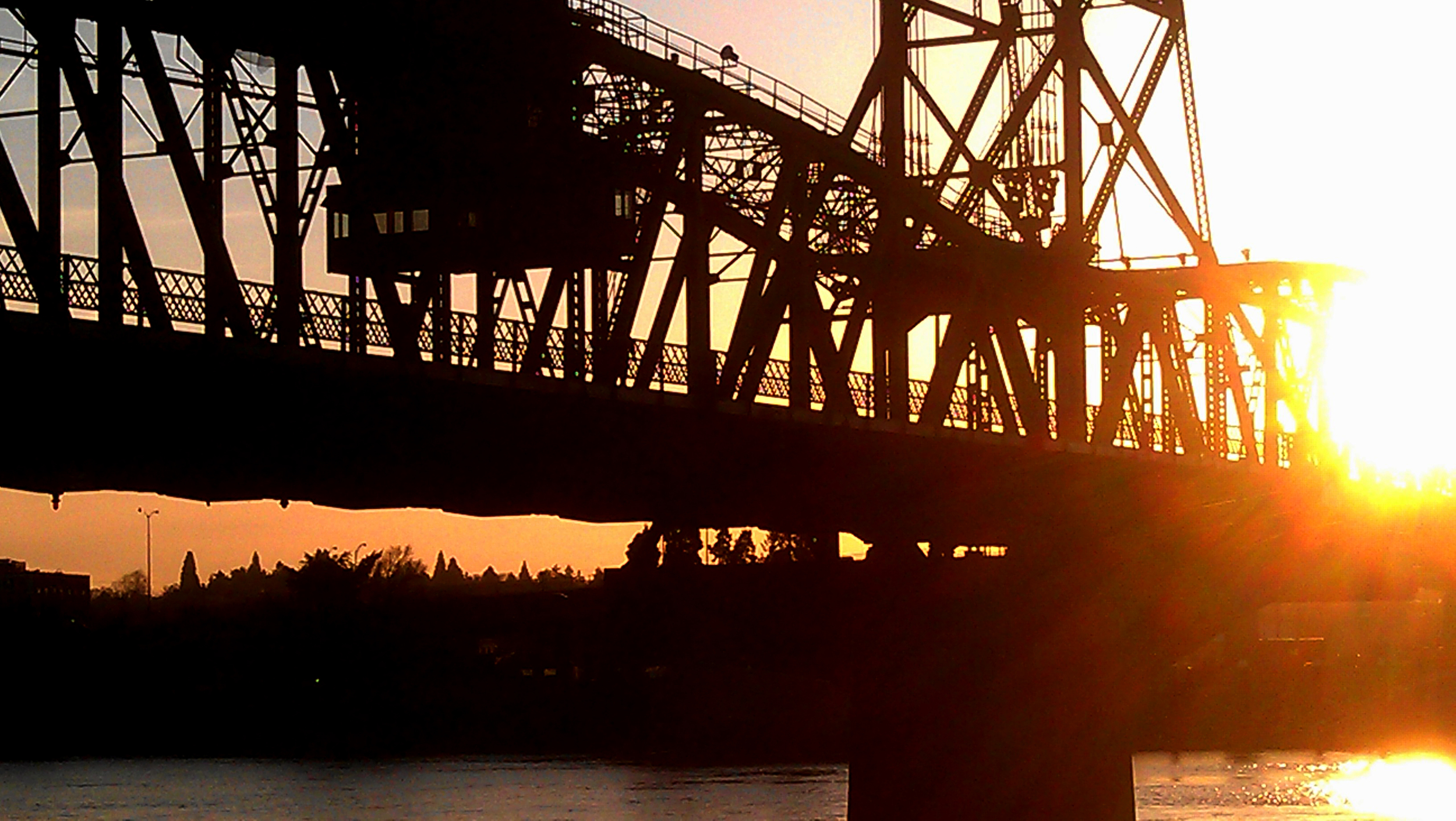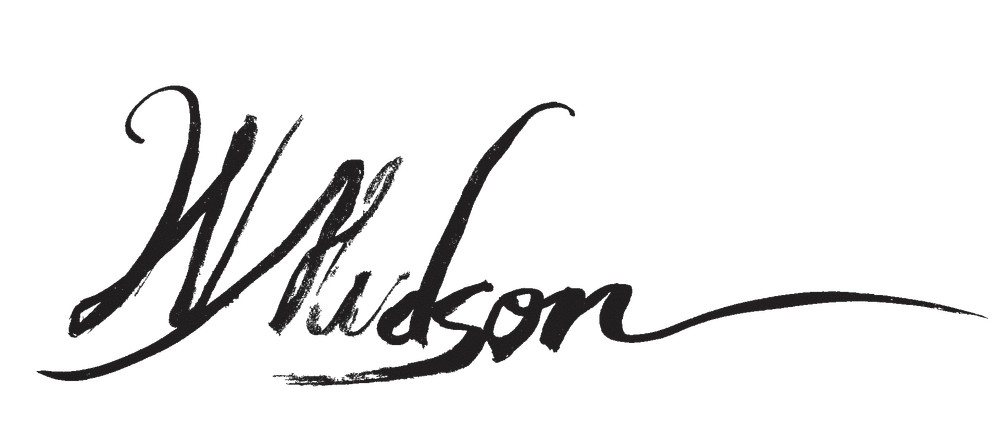 In Portland Oregon, the sidewalks are wide and the people are not. Where I am from, it’s the other way around. This is one of many observations I made while visiting the City of Roses, a nickname bandied about because the maritime climate allows the flowers to thrive. Likewise, the climate seems to be working for Portlanders, a hardy group of pale skinned Caucasians (for the most part). Indeed the locals appeared to be fit, high energy and full of vitality, and the ones I spoke to loved living in Willamette river valley. It’s easy to see why. After experiencing the city, the food, and the culture, I was tempted to join them there.
In Portland Oregon, the sidewalks are wide and the people are not. Where I am from, it’s the other way around. This is one of many observations I made while visiting the City of Roses, a nickname bandied about because the maritime climate allows the flowers to thrive. Likewise, the climate seems to be working for Portlanders, a hardy group of pale skinned Caucasians (for the most part). Indeed the locals appeared to be fit, high energy and full of vitality, and the ones I spoke to loved living in Willamette river valley. It’s easy to see why. After experiencing the city, the food, and the culture, I was tempted to join them there. Immediately after arriving in Portland, I realized how easy it is to move around the city; from Portland International Airport, a light rail runs straight into the center city. I caught it and got off a few blocks from my riverfront hotel in downtown. From there, I did what Portlanders do: I walked. Portland, I discovered, is a pedestrian paradise. In some instances, the sidewalks are as wide as the streets, and some of the medians, dividing the narrow roads, look like parks. I stumbled upon “pedestrian trails” that connect neighborhoods, and on the west side of downtown, an enormous trail that appeared to wind its way through some sort of enchanted forest, and who, after all, doesn’t like an enchanted forest? It turns out that this area, officially known as Forest Park, is a 5,100 acre municipal park, and is part of a 140 mile long greenway that connects about 30 city parks.
Immediately after arriving in Portland, I realized how easy it is to move around the city; from Portland International Airport, a light rail runs straight into the center city. I caught it and got off a few blocks from my riverfront hotel in downtown. From there, I did what Portlanders do: I walked. Portland, I discovered, is a pedestrian paradise. In some instances, the sidewalks are as wide as the streets, and some of the medians, dividing the narrow roads, look like parks. I stumbled upon “pedestrian trails” that connect neighborhoods, and on the west side of downtown, an enormous trail that appeared to wind its way through some sort of enchanted forest, and who, after all, doesn’t like an enchanted forest? It turns out that this area, officially known as Forest Park, is a 5,100 acre municipal park, and is part of a 140 mile long greenway that connects about 30 city parks. With city planners, greenways are in vogue. The Queen City, Charlotte, has been working on its own greenway for a few years, but it pales in comparison to Portland’s. In fact, every city’s greenway suffers by comparison. I read somewhere that Portland’s greenway design is number one in the United States, and as I walked below a canopy of towering trees, I didn’t doubt it for a second.
Hiking the hilly rainforest, I didn’t feel alone. The park was full of people. Some walked their dogs, others just wandered the paths, but many times I had to step aside to let local hard-bodies run past. As I was passed by about a half dozen women with bulging biceps and thighs like racehorses, it occurred to me, not only can Portlanders eliminate their cars, their gym membership is also optional. After all, why walk on a treadmill when there’s a Forest Park?
In addition to the simple peripatetic mode of transportation, Portlanders can choose between the streetcar, the light rail, the bus, or even an aerial tram. The latter elicits a double-take. The sleekly designed cable car connects the south waterfront to Marquam Hill, and was Portland’s unique solution to the lack of parking at the burgeoning Oregon Health and Science University, located on top of the hill. The University is Portland’s largest employer and the Tram affords employees a brisk, and quite stylish, commute. With these impressive transit options, it’s easy to forget the one that Portland is most famous for: the bicycle.
With city planners, greenways are in vogue. The Queen City, Charlotte, has been working on its own greenway for a few years, but it pales in comparison to Portland’s. In fact, every city’s greenway suffers by comparison. I read somewhere that Portland’s greenway design is number one in the United States, and as I walked below a canopy of towering trees, I didn’t doubt it for a second.
Hiking the hilly rainforest, I didn’t feel alone. The park was full of people. Some walked their dogs, others just wandered the paths, but many times I had to step aside to let local hard-bodies run past. As I was passed by about a half dozen women with bulging biceps and thighs like racehorses, it occurred to me, not only can Portlanders eliminate their cars, their gym membership is also optional. After all, why walk on a treadmill when there’s a Forest Park?
In addition to the simple peripatetic mode of transportation, Portlanders can choose between the streetcar, the light rail, the bus, or even an aerial tram. The latter elicits a double-take. The sleekly designed cable car connects the south waterfront to Marquam Hill, and was Portland’s unique solution to the lack of parking at the burgeoning Oregon Health and Science University, located on top of the hill. The University is Portland’s largest employer and the Tram affords employees a brisk, and quite stylish, commute. With these impressive transit options, it’s easy to forget the one that Portland is most famous for: the bicycle. Bicycle Magazine called Portland, Oregon, America’s best bike city, but Portland has heard that before. Portland is one of only four cities that earned The League of American Bicyclist’s platinum status for being bicycle friendly, and in fact, when it comes to bicycle friendly, Portland has international recognition for being one of the best. This is because Portland has a bicycle infrastructure that includes bicycle boulevards, bicycle parking, and bicycle education programs. Portland’s Bureau of Transportation website states that it works to “make bicycling an integral part of daily life,” and indeed it appears to be succeeding. I learned that, in Portland, the rate for people who bike to work is 10 times the national average. And locals don’t just ride to work; sometimes they ride during work. Many companies employ cargo bikes that can move multiple people or heavy loads. I saw one cyclist, with a large trailer in tow, delivering baked goods to a store, and I read about a moving company that employed cyclist to move furniture. You heard me right, a bicycle moving company! Strange bicycle phenomenon abounds in Portland. One afternoon, I witnessed a gentleman riding a unicycle while wearing a Darth Vader mask and an Irish kilt. I probably wouldn’t have noticed him if he hadn’t been playing the bagpipes; he actually did a nice rendition of Blue Bonnets O'er the Border. If that’s not strange enough, Portland even hosts a mass Naked Bike Ride. Ok, maybe they’ve taken the bike thing too far, but that’s what makes Portland Portlandia.
Bicycle Magazine called Portland, Oregon, America’s best bike city, but Portland has heard that before. Portland is one of only four cities that earned The League of American Bicyclist’s platinum status for being bicycle friendly, and in fact, when it comes to bicycle friendly, Portland has international recognition for being one of the best. This is because Portland has a bicycle infrastructure that includes bicycle boulevards, bicycle parking, and bicycle education programs. Portland’s Bureau of Transportation website states that it works to “make bicycling an integral part of daily life,” and indeed it appears to be succeeding. I learned that, in Portland, the rate for people who bike to work is 10 times the national average. And locals don’t just ride to work; sometimes they ride during work. Many companies employ cargo bikes that can move multiple people or heavy loads. I saw one cyclist, with a large trailer in tow, delivering baked goods to a store, and I read about a moving company that employed cyclist to move furniture. You heard me right, a bicycle moving company! Strange bicycle phenomenon abounds in Portland. One afternoon, I witnessed a gentleman riding a unicycle while wearing a Darth Vader mask and an Irish kilt. I probably wouldn’t have noticed him if he hadn’t been playing the bagpipes; he actually did a nice rendition of Blue Bonnets O'er the Border. If that’s not strange enough, Portland even hosts a mass Naked Bike Ride. Ok, maybe they’ve taken the bike thing too far, but that’s what makes Portland Portlandia. My wife asked a local girl what restaurants she could recommend. Without hesitation, she directed us to Lúc Lác Vietnamese Kitchen. We went there, and then we went there again. In fact, I would still be going there if I was still in Portland. The food was delicious and it was inexpensive. The tiny restaurant, located near 2nd and Taylor street, is little more than a food cart (many of which line the sidewalks in Portland). Its counter service means you wait in line to pay, then you pay, and then you wait again, for the food to be prepared. But it’s worth it.
My wife asked a local girl what restaurants she could recommend. Without hesitation, she directed us to Lúc Lác Vietnamese Kitchen. We went there, and then we went there again. In fact, I would still be going there if I was still in Portland. The food was delicious and it was inexpensive. The tiny restaurant, located near 2nd and Taylor street, is little more than a food cart (many of which line the sidewalks in Portland). Its counter service means you wait in line to pay, then you pay, and then you wait again, for the food to be prepared. But it’s worth it. In reality, you don’t need to ask directions to a great Portland eatery; they are everywhere. Just don’t look for chains. I didn’t see a Bo jangles, Chick-fil-a, KFC, or what’s his name-in-the-box. Perhaps they’re present, but they don’t dominate the food landscape. Instead, Portland restaurants have a local, mom-and-pop feel, their savory offerings have a handcrafted character that is difficult to find in my town. In Charlotte, when entering a restaurant, I get a suspicious feeling that I’m either in a front for ConAgra, a private equity firm, or a place that only exists because some business plan suggested the demographic would attract venture capital. In Portland, however, you can still eat in restaurants where the owner is in the kitchen. There is one chain that is omnipresent; Starbucks is on every corner. There’s little reason, though, to patronize it since Portland is ground zero for coffee aficionados.
In reality, you don’t need to ask directions to a great Portland eatery; they are everywhere. Just don’t look for chains. I didn’t see a Bo jangles, Chick-fil-a, KFC, or what’s his name-in-the-box. Perhaps they’re present, but they don’t dominate the food landscape. Instead, Portland restaurants have a local, mom-and-pop feel, their savory offerings have a handcrafted character that is difficult to find in my town. In Charlotte, when entering a restaurant, I get a suspicious feeling that I’m either in a front for ConAgra, a private equity firm, or a place that only exists because some business plan suggested the demographic would attract venture capital. In Portland, however, you can still eat in restaurants where the owner is in the kitchen. There is one chain that is omnipresent; Starbucks is on every corner. There’s little reason, though, to patronize it since Portland is ground zero for coffee aficionados. Arabica is serious business in the Pacific Northwest, especially in Portland. The town smells like coffee. Somehow the redolence is appropriate for the cool, rainy weather; it has a comforting effect. I was told that the roastmasters begin their work early, before sunrise. They roast batches of carefully selected beans and then deliver them to cafes around the city. In “third wave” cafes, like Stumptown, coffee is king, everything else is an afterthought. I found Stumptown, in a crumbling brick building. Upon entering, I noticed the scant furniture, beat-up stools mostly, a couple of crooked tables I think. Behind the register, a turntable played indie rock. I passed a humble display of lonely looking muffins and got in line. The place was packed with people. I didn’t need to be near the barista to experience the aromas and the steam, but as I got closer I could see cafe au laits swirled with steamed milk, and shots of espresso topped with tawny colored cremas. They looked like something I needed to have.
As it turned out, they tasted as good as they looked. My caffè latte was smooth and rich, yet as I sipped it, I found myself coveting the espressos, which the barista was lining up on the bar. So I ordered one of those too. While he prepared it, the barista explained that Stumptown invested a lot of time training him and the other individuals that prepare the coffee. He explained that his skills had qualified him for competitions and he had won awards. He handed me a demitasse cup and I took a sip of his magic brew. It was strong, but I’ll describe it using the local argot. It was bitter with hints of cacao, it had a good mouth-feel, and (and this is my favorite) it was railroad-y. Ok, whatever, for me it was just good coffee. Clearly, Portland has a strong coffee culture, but there are other things that give it a unique sense of place.
Arabica is serious business in the Pacific Northwest, especially in Portland. The town smells like coffee. Somehow the redolence is appropriate for the cool, rainy weather; it has a comforting effect. I was told that the roastmasters begin their work early, before sunrise. They roast batches of carefully selected beans and then deliver them to cafes around the city. In “third wave” cafes, like Stumptown, coffee is king, everything else is an afterthought. I found Stumptown, in a crumbling brick building. Upon entering, I noticed the scant furniture, beat-up stools mostly, a couple of crooked tables I think. Behind the register, a turntable played indie rock. I passed a humble display of lonely looking muffins and got in line. The place was packed with people. I didn’t need to be near the barista to experience the aromas and the steam, but as I got closer I could see cafe au laits swirled with steamed milk, and shots of espresso topped with tawny colored cremas. They looked like something I needed to have.
As it turned out, they tasted as good as they looked. My caffè latte was smooth and rich, yet as I sipped it, I found myself coveting the espressos, which the barista was lining up on the bar. So I ordered one of those too. While he prepared it, the barista explained that Stumptown invested a lot of time training him and the other individuals that prepare the coffee. He explained that his skills had qualified him for competitions and he had won awards. He handed me a demitasse cup and I took a sip of his magic brew. It was strong, but I’ll describe it using the local argot. It was bitter with hints of cacao, it had a good mouth-feel, and (and this is my favorite) it was railroad-y. Ok, whatever, for me it was just good coffee. Clearly, Portland has a strong coffee culture, but there are other things that give it a unique sense of place. Portland has a rugged and weathered feel about it, which is not surprising considering it is a frontier town. Fur traders, prospectors, and Chinookans roamed this territory. Yet, its character really derives from the water. Water permeates the environment giving Portland an eroded and rusty appearance while simultaneously making it lush and green. The town is sectioned in half by the Willamette, a major tributary of the Columbia River. It twists through the heart of the downtown and is the reason the town was, at one time, a major port. The two parts of town are reunited by eleven bridges, which is why Portland is sometimes called Bridgetown.
The Portland water experience, however, is not limited to the river. There is also the rain. It can come down cold and hard or it can be more of vapor drifting through the streets, or perhaps a grey cloud suspended just above the cityscape. However it manifests, the end result is a nourishing saturation. The plants thrive. Conifers can reach extraordinary heights. Huge ferns and thick carpets of moss spread across the ground. With so much water to deal with, it would seem that the umbrella business would thrive. However, I saw no umbrellas. The locals, evidently, block the elements using more organic methods including hats, hoodies, and body hair.
Fur has some great protective properties, just ask any mammal. Or better yet, ask a Portlander because they are maximizing their own. I’m referring to the beard. Everywhere I looked, I saw facial hair. And I’m not talking about modest beards, no goatees or anything like that. What I saw was big, robust, burly beards, the kind that can replace a scarf. In some instances, a Portlander’s beard is big enough to share with a woman, in the event that she might feel deprived in that department. With ample beard, a thick hoodie, and a bicycle, a Portlander can access the town.
Portland has a rugged and weathered feel about it, which is not surprising considering it is a frontier town. Fur traders, prospectors, and Chinookans roamed this territory. Yet, its character really derives from the water. Water permeates the environment giving Portland an eroded and rusty appearance while simultaneously making it lush and green. The town is sectioned in half by the Willamette, a major tributary of the Columbia River. It twists through the heart of the downtown and is the reason the town was, at one time, a major port. The two parts of town are reunited by eleven bridges, which is why Portland is sometimes called Bridgetown.
The Portland water experience, however, is not limited to the river. There is also the rain. It can come down cold and hard or it can be more of vapor drifting through the streets, or perhaps a grey cloud suspended just above the cityscape. However it manifests, the end result is a nourishing saturation. The plants thrive. Conifers can reach extraordinary heights. Huge ferns and thick carpets of moss spread across the ground. With so much water to deal with, it would seem that the umbrella business would thrive. However, I saw no umbrellas. The locals, evidently, block the elements using more organic methods including hats, hoodies, and body hair.
Fur has some great protective properties, just ask any mammal. Or better yet, ask a Portlander because they are maximizing their own. I’m referring to the beard. Everywhere I looked, I saw facial hair. And I’m not talking about modest beards, no goatees or anything like that. What I saw was big, robust, burly beards, the kind that can replace a scarf. In some instances, a Portlander’s beard is big enough to share with a woman, in the event that she might feel deprived in that department. With ample beard, a thick hoodie, and a bicycle, a Portlander can access the town. One thing that should be accessed is the Portland Art Museum (PAM). Experiencing the Portland art scene was high on my list of priorities, but sadly, time didn’t permit as much immersion as I would have liked. I did, however, get to stand in front of Francis Bacon’s, Three Studies of Lucian Freud, whose psychological studies of the grandson of Sigmund Freud have been all but eclipsed by its stunning price tag. The oil on canvas triptych sold for the most money in the history of art auctions, $142 million dollars. It has not been exhibited since 1965, one year after it was completed. Part of the conditions affecting the buyer was that the piece must be exhibited for a period before taking its place in the private collection. Thus, here it was at the Portland Museum of Art.
Admittedly, I had low expectations going into Portland. Beyond New York City, I don’t get very excited about American cities; the city plans are predicable, the franchises and chains are all represented, everyone has their SUV- yawn. Sorry. Portland, however, surprised me with its powerful environment and the way it’s integrated into a pedestrian oriented design. The locals were fit and energetic, and probably not because they spent an hour on the treadmill and ate from the lite menu at Subway. I think their vim derives from a lifestyle that keeps them in touch with the earth rather than isolating them from it. I would venture that the Chinookans had a similar approach. Indeed, Portland seems to be combining some primitive elements with some contemporary technologies to produce a community that thrives on human locomotion, artisan foods, and stimulating art works.
Back home now, I’m starting to let my beard grow a bit longer. I think I might be able to re-adjust to the Southeast-if I can just locate some sidewalks…
One thing that should be accessed is the Portland Art Museum (PAM). Experiencing the Portland art scene was high on my list of priorities, but sadly, time didn’t permit as much immersion as I would have liked. I did, however, get to stand in front of Francis Bacon’s, Three Studies of Lucian Freud, whose psychological studies of the grandson of Sigmund Freud have been all but eclipsed by its stunning price tag. The oil on canvas triptych sold for the most money in the history of art auctions, $142 million dollars. It has not been exhibited since 1965, one year after it was completed. Part of the conditions affecting the buyer was that the piece must be exhibited for a period before taking its place in the private collection. Thus, here it was at the Portland Museum of Art.
Admittedly, I had low expectations going into Portland. Beyond New York City, I don’t get very excited about American cities; the city plans are predicable, the franchises and chains are all represented, everyone has their SUV- yawn. Sorry. Portland, however, surprised me with its powerful environment and the way it’s integrated into a pedestrian oriented design. The locals were fit and energetic, and probably not because they spent an hour on the treadmill and ate from the lite menu at Subway. I think their vim derives from a lifestyle that keeps them in touch with the earth rather than isolating them from it. I would venture that the Chinookans had a similar approach. Indeed, Portland seems to be combining some primitive elements with some contemporary technologies to produce a community that thrives on human locomotion, artisan foods, and stimulating art works.
Back home now, I’m starting to let my beard grow a bit longer. I think I might be able to re-adjust to the Southeast-if I can just locate some sidewalks…
